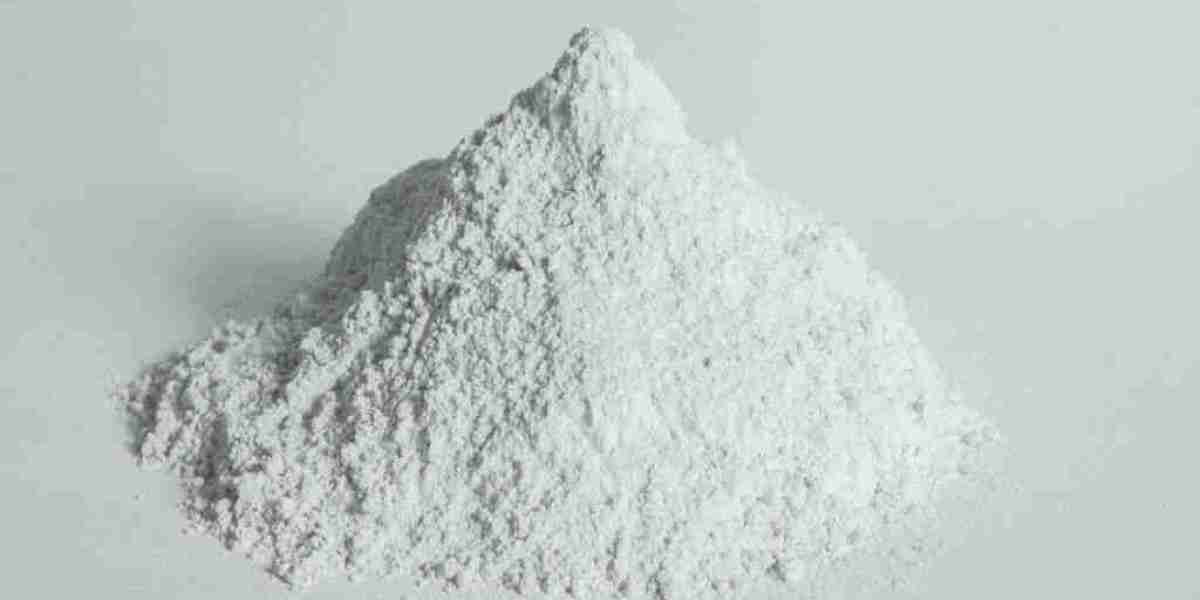The global white cement market is a flourishing industry driven by high demand in applications such as architecture, construction, and aesthetic treatments. However, the growth of this sector is not without its challenges. From increasing raw material costs to the environmental impact associated with production processes, the white cement market faces several hurdles that could slow its expansion or affect its competitive edge. In this blog, we will explore the key challenges the industry is encountering and look at what can be done to overcome them.
1. High Production Costs
One of the most pressing challenges for the white cement market is the higher production cost compared to grey cement. White cement is produced through a more controlled and precise manufacturing process, requiring premium raw materials such as high-quality limestone, kaolin, and sometimes gypsum. The selection of these ingredients directly impacts the cost and production time, causing the final price of white cement to be significantly higher than regular grey cement. With price sensitivity in the construction industry, this makes it difficult for white cement to gain wider adoption, especially in price-sensitive emerging markets.
2. Raw Material Availability
The raw materials for producing white cement are not as abundant or widely available as those used in grey cement production. For example, high-calcium limestone, which is necessary for creating white cement, can be difficult to obtain in some regions. This limited availability of raw materials not only leads to increased costs but also limits the global reach of white cement suppliers. Companies are constantly challenged with securing a stable supply of high-quality raw materials and may need to source from diverse locations to mitigate risks.
3. Environmental Impact
The cement industry, in general, is one of the largest contributors to global carbon emissions, and white cement is no exception. The production process for white cement requires higher temperatures and more energy-intensive kilns. Additionally, the need for pure limestone and other mineral additives increases the environmental footprint of the production. With growing concerns over climate change and carbon emissions, governments are introducing stricter regulations. Manufacturers in the white cement market must innovate to adopt more sustainable practices, such as reducing emissions and integrating carbon capture technologies into production.
4. Lack of Awareness in Emerging Markets
While white cement is often used in advanced architecture, decorative applications, and interior design, the awareness of its benefits is lower in emerging markets. In many regions, the high cost of white cement is considered unjustifiable given the availability of grey cement at much lower prices. There is also a lack of understanding about the unique benefits that white cement offers in terms of durability, aesthetic appeal, and application versatility. Without broader awareness, white cement manufacturers face significant challenges in expanding their market penetration in these regions.
5. Intense Competition
The market for white cement is highly competitive, particularly in regions where grey cement dominates the construction sector. Several well-established cement manufacturers hold dominant market shares, and new entrants struggle to establish themselves in an already saturated market. Moreover, the growing demand for sustainable construction materials adds pressure to cement makers to create eco-friendly alternatives. Players in the market are increasingly focusing on differentiation through product quality, innovations in green technology, and customer-centric approaches to stay relevant.
6. Logistical Challenges
White cement, given its higher cost and delicate nature, requires careful handling and optimal logistics. The longer transportation routes or unexpected delays can jeopardize the timely availability of white cement. Importantly, transportation costs add another layer of complexity, especially when raw materials are sourced from distant areas, which further drives up the cost of the end product. This logistical challenge makes it difficult for companies to maintain the level of consistency and quality expected from consumers while trying to keep costs low.
7. Economic Slowdowns and Demand Fluctuations
Economic slowdowns or market contractions, such as those caused by political instability or global events (e.g., the COVID-19 pandemic), pose a significant threat to white cement demand. As construction projects are delayed or canceled, the use of non-essential materials like white cement tends to decrease. When demand fluctuates significantly, white cement manufacturers must adjust production plans and manage inventories effectively to avoid losses.
Final Thoughts
The white cement market is poised for growth in the coming years, especially as demand for aesthetically pleasing and high-quality construction materials rises. However, navigating the challenges of high production costs, environmental regulations, raw material scarcity, market competition, and logistical barriers requires innovation and strategic collaboration. As the sector focuses on sustainable and cost-effective production, overcoming these hurdles will allow white cement manufacturers to seize opportunities in a highly competitive and increasingly environmentally conscious global market.




